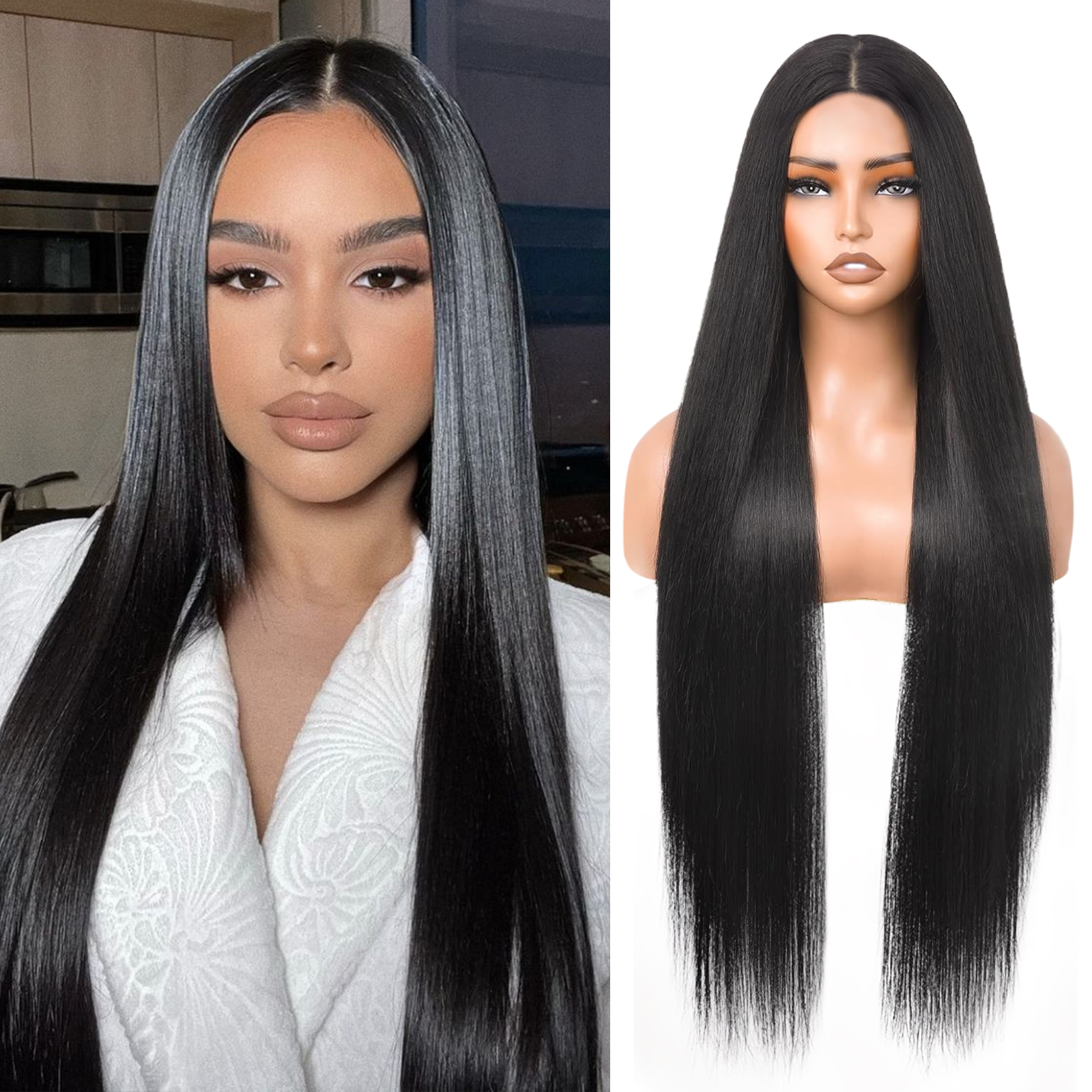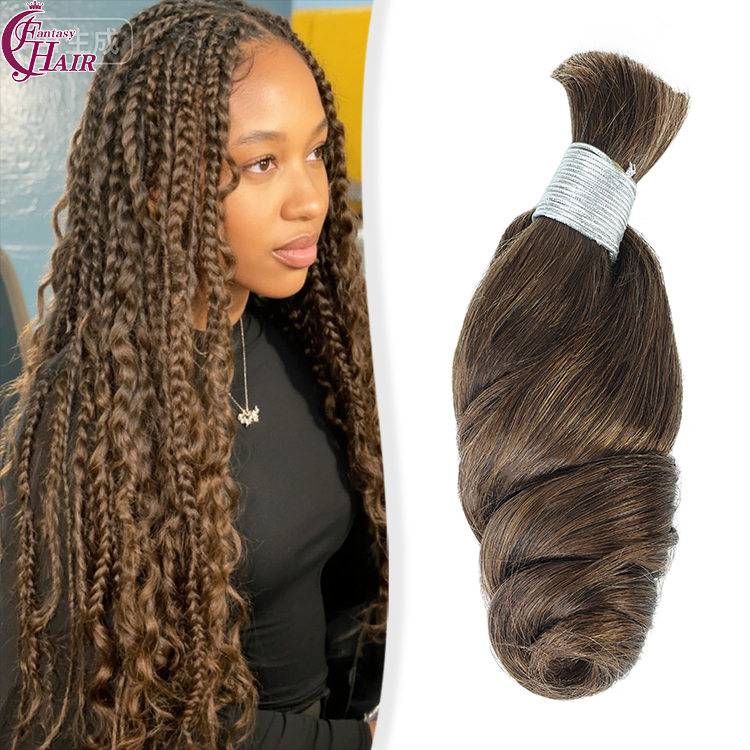In hair care and fashion, the human hair industry stands as a cornerstone, offering individuals the chance to transform their appearance and boost their confidence. Human hair factories are the linchpins of this industry, providing the raw materials and products that fuel an ever-growing demand. This article explores the intricacies of human hair factories, their impact on the beauty industry, and the meticulous processes that ensure the production of high-quality human hair products, while adhering to the standards required for Google indexing and official website content.
The Intricacies of a Human Hair Factory
Human hair factories are complex operations that involve a deep understanding of hair texture, quality, and consumer needs:
1. Quality Control: The selection and processing of human hair are rigorous processes, focusing on the health and quality of each strand.
2. Ethical Sourcing: Ethical considerations are paramount, with factories ensuring that all hair is sourced with integrity and transparency.
3. Technological Expertise: Advanced techniques and technology are employed to process and transform raw hair into various consumer-ready products.
Sourcing and Processing Human Hair
The journey of human hair from donor to product is fascinating and demands careful attention:
1. Sourcing: Factories source hair from various regions, each known for different hair types and textures. This diversity allows for a wide range of products to cater to global tastes.
2. Cleaning and Sorting: The hair is thoroughly cleaned and sorted by texture, color, and length, ensuring that only the best quality hair is used.
3. Processing: The processing phase involves chemically treating the hair to remove impurities and coloring or bleaching it to achieve the desired shade.
4. Wefting and Bonding: The hair is then wefted or bonded, depending on the product type, to create extensions, wigs, or hairpieces that can be seamlessly integrated with the user’s natural hair.
The Impact of Human Hair Factories on the Beauty Industry
Human hair factories have a profound impact on the beauty industry:
1. Versatility: The ability to offer a wide range of hair products, from extensions to wigs, meets the diverse needs of consumers seeking to change their hair length, color, and style.
2. Economic Impact: The human hair industry contributes significantly to the economies of the countries where it is sourced and processed, creating jobs and income.
3. Global Reach: The products of human hair factories are in demand worldwide, reaching a global market of consumers eager for high-quality hair solutions.
Innovation and Technology in Human Hair Manufacturing
Innovation is a key driver in the human hair industry:
1. Advanced Processing Techniques: New processing techniques have improved the quality and longevity of human hair products, ensuring they remain in excellent condition after installation.
2. Customization: Factories can customize products to meet specific client requests, such as unique colors, textures, and styles.
3. Sustainability: There is a growing emphasis on sustainable practices, including reducing waste and using eco-friendly processing methods.
Challenges and Opportunities
The human hair industry faces a unique set of challenges and opportunities:
1. Market Saturation: The market is becoming increasingly saturated, requiring factories to differentiate their products and offer superior quality.
2. Regulatory Compliance: Compliance with international hair quality and ethical sourcing regulations is crucial for factories to maintain their reputation and market share.
3. Market Expansion: There is an opportunity to expand into new markets, particularly in regions where hair extensions and wigs are becoming more popular.
The Future of Human Hair Factories
Several key trends are shaping the future of human hair factories:
1. Technological Advancements: The continued development of new technologies will enhance processing methods and product quality.
2. Ethical and Sustainable Practices: As consumers become more conscious of ethical and environmental issues, factories must prioritize sustainable and ethically sourced products.
3. Personalization: The trend towards personalization will drive the creation of more customized hair products that cater to individual preferences.
Conclusion
Human hair factories are the silent architects behind the transformations that occur in hair salons and at home. Through their careful sourcing, processing, and manufacturing, they provide the means for individuals to achieve the hair of their dreams. As these factories navigate the challenges and opportunities of a dynamic industry, they are poised to continue weaving elegance into every strand. The commitment to quality, innovation, and ethical practices ensures that human hair factories will remain a vital part of the beauty industry, enabling people worldwide to confidently embrace their beauty and individuality.




